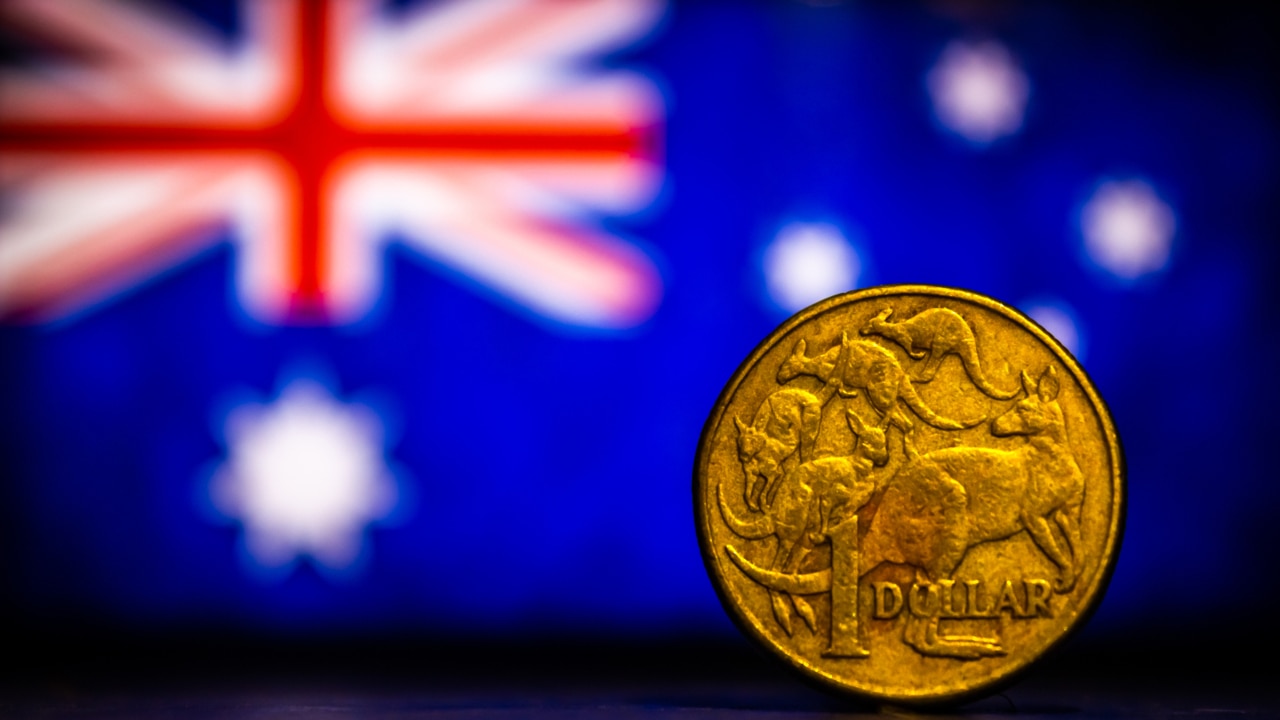Latest wages data reveals how far behind Australians are
With inflation tipped to keep rising over the next few months, Australians’ real wages have fallen even further behind.

Wages have lifted just 0.7 per cent over the last three months, considerably below the rate of inflation.
Annually, wages on average have grown just 2.6 per cent on average, compared with the current consumer price index of 6.1 per cent.
Wages grew 2.7 per cent in the private sector and 2.4 per cent in the public sector.
It’s the third consecutive wage rise, which Treasurer Jim Chalmers has welcomed but he has also voiced his concern about how far behind inflation has left Australians.
“I’m pleased to see wage growth picking up again, but … real wages are still going backwards, substantially,” he said.
“This is the strongest wages growth since September 2014, but at the same time it’s the biggest fall in real wages since 1998.”
Dr Chalmers said getting wages moving again would be a key focus of the Albanese government’s jobs summit next month.
“A key focus will be how do we get wages growing at a sustainable rate again, so Australian’s aren’t falling further and further behind,” he said.
Employment and Workforce Minister Tony Burke said the previous government had a “deliberate strategy” to keep wages low.
“It worked,” he said.

Australian Bureau of Statistics statistician Michelle Marquardt said the annual rate of wage growth was the highest since September 2014.
“Expanding demand for skilled jobs over the last 12 months has continued to build wage pressure across a broader range of industries and jobs, reflected in the increasing size of pay rises,” she said.
But any pay boost will likely be cancelled out by the rising cost of living exacerbated by rapidly rising inflation, which is tipped to hit 7.75 per cent by Christmas.
Economists predict the Reserve Bank of Australia will raise the cash rate by another 50 basis points when the board meets next month.



